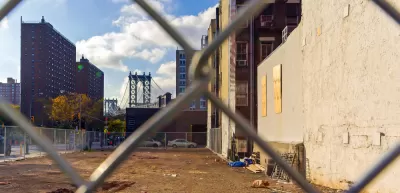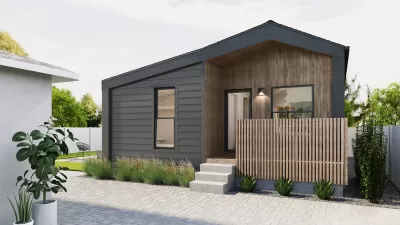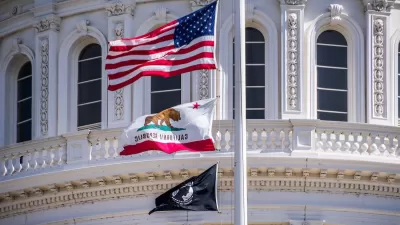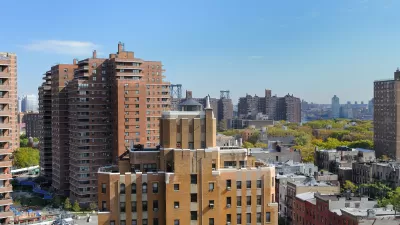The relatively low cost of holding on to vacant lots leads to underdevelopment in what are often prime residential areas.

An article by Konrad Putzier in the Wall Street Journal explains how the property tax system that keeps the cost of holding vacant land low contributes to the housing shortage plaguing most U.S. cities.
Putzier begins with the example of a vacant New York City lot, zoned for 1,500 apartments, that has sat empty for 17 years, with the owner paying minimal property taxes on the land. Across New York City, private vacant lots bigger than 3,000 square feet could yield around 858 million square feet of new housing and commercial space.
The article argues that low taxes on land and high taxes on buildings encourage property owners to hold vacant lots without developing on them, waiting for land values to rise. In regions like the Sun Belt, “The cost of inaction is usually low, particularly in suburban locations, where keeping a few cows on a lot allows landowners to qualify for massive property-tax breaks meant for ranchers.”
Proposals in Detroit, Philadelphia, and Richmond would reform those cities’ property tax systems to raise the tax on vacant lots and encourage developers to build. “Pittsburgh had a split-rate tax until 2001, and a number of studies found that it had more building activity than other Pennsylvania cities.”
FULL STORY: Housing Shortage Reflects the Cheap Cost of Holding Vacant Land

Planetizen Federal Action Tracker
A weekly monitor of how Trump’s orders and actions are impacting planners and planning in America.

Restaurant Patios Were a Pandemic Win — Why Were They so Hard to Keep?
Social distancing requirements and changes in travel patterns prompted cities to pilot new uses for street and sidewalk space. Then it got complicated.

Map: Where Senate Republicans Want to Sell Your Public Lands
For public land advocates, the Senate Republicans’ proposal to sell millions of acres of public land in the West is “the biggest fight of their careers.”

Maui's Vacation Rental Debate Turns Ugly
Verbal attacks, misinformation campaigns and fistfights plague a high-stakes debate to convert thousands of vacation rentals into long-term housing.

San Francisco Suspends Traffic Calming Amidst Record Deaths
Citing “a challenging fiscal landscape,” the city will cease the program on the heels of 42 traffic deaths, including 24 pedestrians.

California Homeless Arrests, Citations Spike After Ruling
An investigation reveals that anti-homeless actions increased up to 500% after Grants Pass v. Johnson — even in cities claiming no policy change.
Urban Design for Planners 1: Software Tools
This six-course series explores essential urban design concepts using open source software and equips planners with the tools they need to participate fully in the urban design process.
Planning for Universal Design
Learn the tools for implementing Universal Design in planning regulations.
Heyer Gruel & Associates PA
JM Goldson LLC
Custer County Colorado
City of Camden Redevelopment Agency
City of Astoria
Transportation Research & Education Center (TREC) at Portland State University
Camden Redevelopment Agency
City of Claremont
Municipality of Princeton (NJ)





























